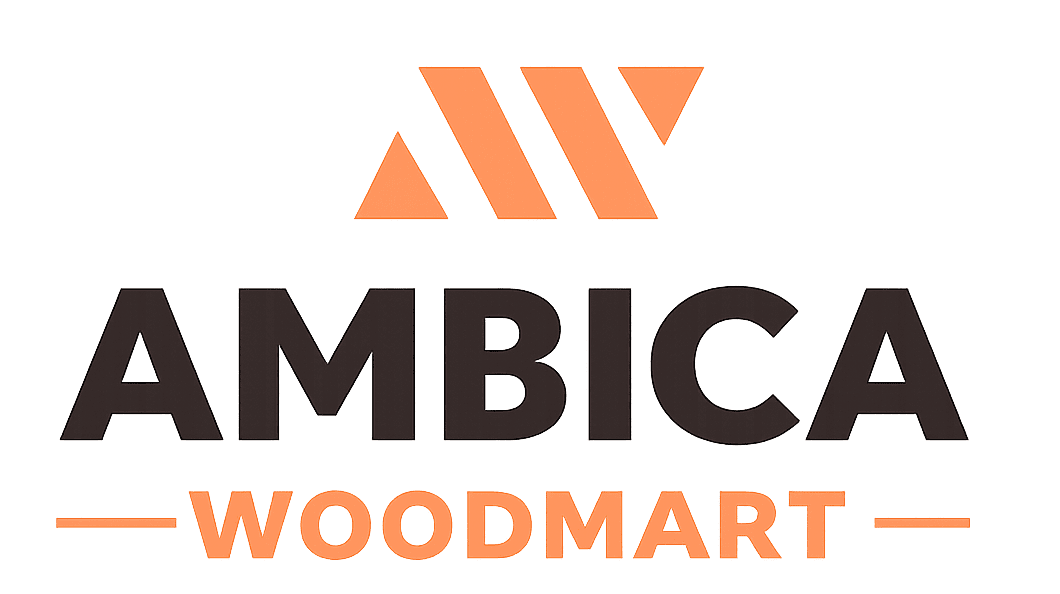
How difficult can it be to design a bulletproof language
At first glance, creating a language selection mechanism for a website seems straightforward. You just add a dropdown menu with a few flags, right? If only it were that simple! The truth is, designing a truly “bulletproof” language selector – one that works seamlessly for every user, across all devices, and satisfies search engines – is far more complex than most people anticipate.
It’s not just about translation; it’s about user experience, technical implementation, and long-term maintainability. Get it wrong, and you risk alienating users, hurting your SEO, and creating ongoing headaches for your development team.
The Hidden Complexities Behind a Simple Dropdown
Let’s break down why a robust language selector is such a challenge:
-
User Expectations vs. Reality:
- Flags are Problematic: A common pitfall is using flags to represent languages. Which flag represents “English”? The UK? USA? Australia? India? Flags represent countries, not languages, and can be misleading or even offensive. A user from Ireland might prefer English (US) content but find a UK flag confusing.
- Detect and Suggest, Don’t Force: While it might seem helpful to automatically redirect users based on their IP address or browser settings, this often leads to frustration (as we discussed in a previous post!). Users expect a choice, not a forced redirection. What if a German speaker in France wants to view the website in English?
- Consistency is Key: The language selector needs to be consistently located and clearly visible on every single page of the website, regardless of the device.
-
Technical Implementation Headaches:
- Content Management: How will you manage translated content? Are you using a Multilingual CMS, translation plugins, or a completely separate set of pages for each language? Each approach has its own complexities for updating, managing, and synchronizing content.
- URL Structure: Choosing the right URL structure (subdirectories like
example.com/fr/, subdomains likefr.example.com, or separate domains likeexample.fr) impacts everything from SEO to hosting and maintenance. Each has pros and cons. - Dynamic Content & User-Generated Content: What happens to content that is dynamically loaded, or user comments? Ensuring these are also rendered in the correct language adds another layer of complexity.
- Form Validations & Error Messages: Every piece of text, including system messages, validation errors, and button labels, must be translated and displayed correctly.
-
SEO Considerations (Crucial for Global Reach):
- Signaling to Search Engines: How do you tell Google and other search engines that you have different language versions of the same content, and which one to show to which user? Without proper signals, search engines can get confused, leading to duplicate content penalties or showing the wrong language version in search results.
- Crawl Budget: If not implemented efficiently, search engine crawlers can waste their “crawl budget” on finding and processing redirects or duplicated content, rather than indexing your unique, valuable pages.
- Local SEO: For businesses targeting specific regions within a language (e.g., English for India vs. English for the US), there are additional layers of targeting and local content optimization required.
-
Maintaining a Multi-Language Site:
- Translation Management: Keeping translations up-to-date as your website evolves is a continuous process. How will new content be translated? What about existing content that needs updates?
- Quality Control: Ensuring the quality and accuracy of translations is paramount. Poor translations can damage your brand’s credibility. This often requires professional translators, not just machine translation.
- Cultural Nuances: Beyond direct translation, there are cultural nuances, currencies, date formats, and even image appropriateness that need to be considered for each target audience. This is localization, and it goes beyond just language.
Towards a “Bulletproof” Solution
So, what does a robust approach involve?
- Prioritize User Choice: Always give users an obvious, accessible way to select their preferred language and region.
- Leverage Proper SEO Signals: Utilize industry-standard methods to tell search engines about your multilingual content. This helps search engines present the right version to the right user.
- Plan Your URL Structure Carefully: Choose a structure that makes sense for your content management and SEO goals.
- Invest in a Solid CMS/Translation Strategy: Don’t underestimate the ongoing effort of managing translations.
- Think Beyond Translation: Embrace localization, adapting your content and design to truly resonate with different cultures.
Designing a bulletproof language selector and, by extension, a truly multilingual website, is a significant undertaking. It requires careful planning, technical expertise, and an ongoing commitment to user experience and SEO. But the reward – a global audience that feels truly at home on your website – is well worth the effort.
